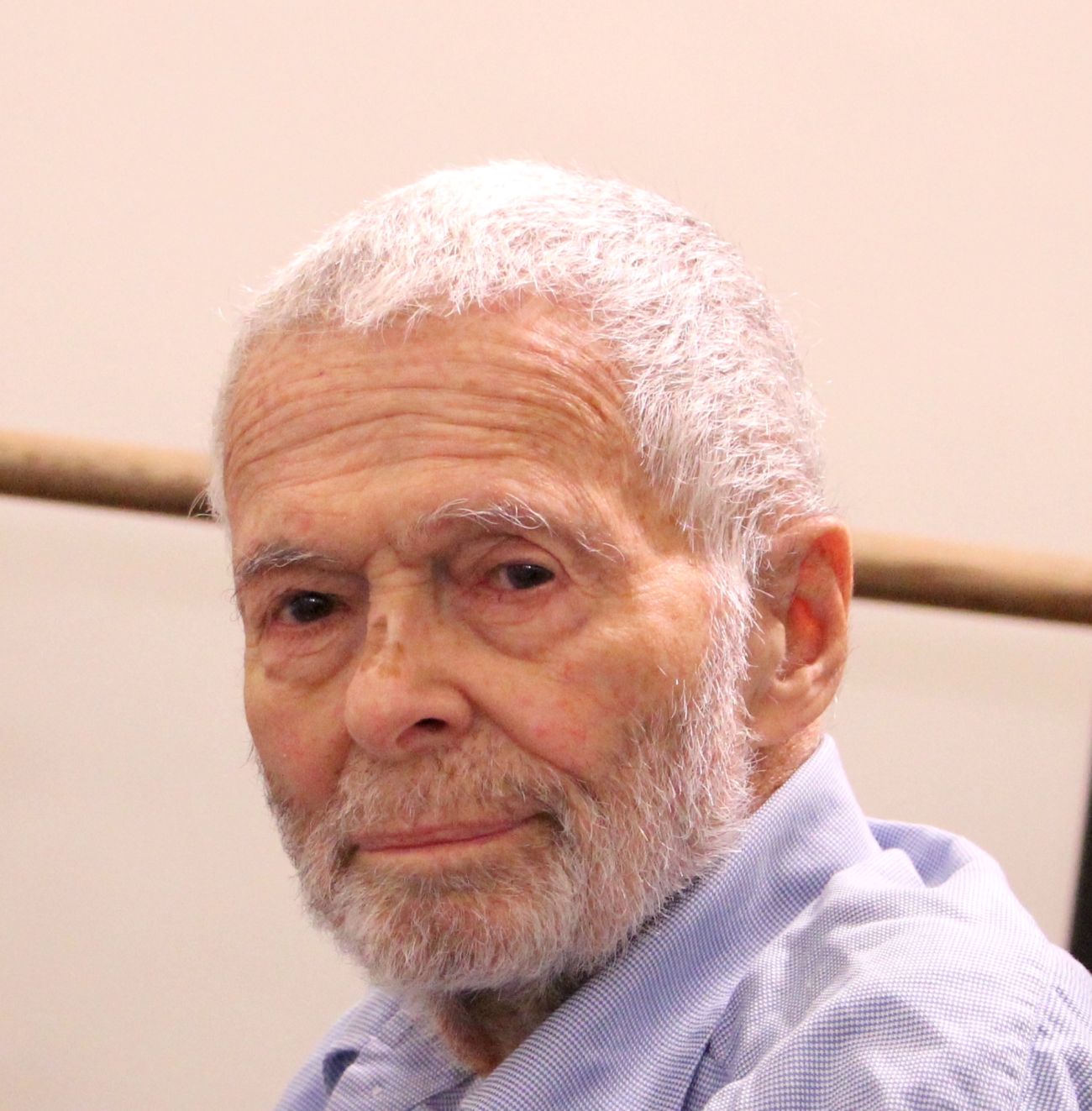Lucky He
“A Christmas Carol”
Finnish National Ballet
Opera House
Helsinki, Finland
December 2024 (video)
by Ilona Landgraf
Copyright © 2024 by Ilona Landgraf
 Last Christmas, I missed the Finnish National Ballet’s new A Christmas Carol on arte.tv. Luckily, the channel rescheduled the recording for this December. David Bintley, the Birmingham Royal Ballet’s former director, choreographed the two-act production and was the first to adapt Charles Dickens’s novella about the chronically ill-tempered miser, Scrooge, for the ballet stage.
Last Christmas, I missed the Finnish National Ballet’s new A Christmas Carol on arte.tv. Luckily, the channel rescheduled the recording for this December. David Bintley, the Birmingham Royal Ballet’s former director, choreographed the two-act production and was the first to adapt Charles Dickens’s novella about the chronically ill-tempered miser, Scrooge, for the ballet stage.
In Act I, Bintley introduces the old merchant, Scrooge (Johan Pakkanen), who hates people in general and Christmas in particular, along with his antitheses, Fred (Jun Xia) and Bob Cratchit (Frans Valkama). Both are family men but represent different social classes. Fred, Scrooge’s nephew, is well-off and in the most buoyant of Christmas moods when he invites his uncle for Christmas (he’s, of course, immediately rebuffed). Bob, Scrooge’s conscientious but underpaid clerk, feeds his family of six on a limited budget. He, too, is happy and generous by nature but worries about the serious illness of his youngest son, Tiny Tim (Janne Kouhia). (more…)













